
Queen Elizabeth II is the great-great-great-great-great-great-great-great-great-great-great-great-great-great-great-great-great-great-great-great-great-great-granddaughter of William the Conqueror, and she has been related in one way or another to every other king or queen of England (and later of Great Britain, and later still the United Kingdom) since.
Ahead of her birthdays (yes, she has two), here is one fact each about all 41 of Britain’s kings and queens since 1066.1. WILLIAM I
A heckler interrupted the funeral of William I in 1087, shouting from the back of the church that it had been built on his father’s land without his family being compensated. Just when his royal send off couldn’t get any worse, William’s sarcophagus was found to have been built too small to accommodate his body and after an attempt was made to squeeze the body into it—in the words of the English chronicler Orderic Vitalis—“the swollen bowels burst, and an intolerable stench assailed the nostrils of the by-standers and the whole crowd.”
2. WILLIAM II
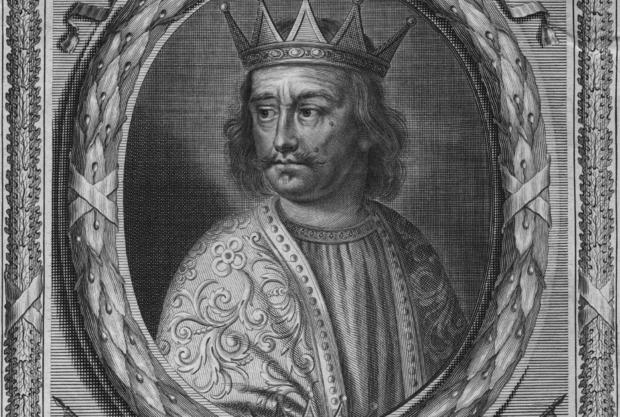
William II died under questionable circumstances while out hunting in the New Forest in 1100; some have claimed that he was assassinated to secure his younger brother Henry’s claim to the throne. Oddly, he wasn’t the only member of the family to succumb to that fate: William’s elder brother, Richard, also died in a hunting accident in the New Forest around the 1070s, while his nephew, another Richard, died in a hunting accident in the New Forest in 1099.
3. HENRY I
When Henry I died in 1135, his entrails were removed and buried in Rouen in northwest France. The rest of his body was buried in England.
4. STEPHEN
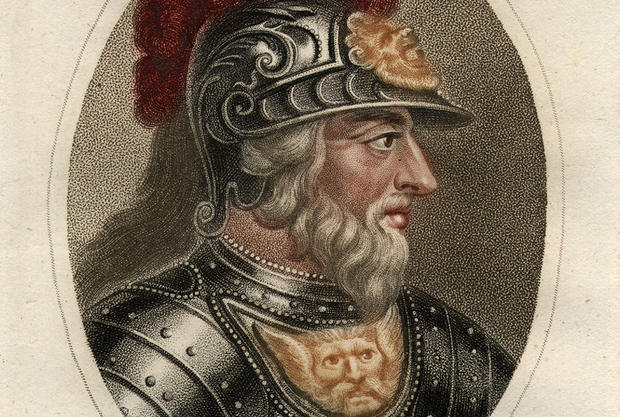
Stephen, son of one of William the Conqueror’s daughters, could credit a bout of diarrhea with saving his life. On November 25, 1120, a vessel called the White Ship was chartered to carry the present king Henry I and much of his family and court (Stephen among them) across the English Channel from France to England. Henry, however, had made other arrangements for himself, leaving the rest of his court to travel on the White Ship as planned. Off the coast of Normandy, the overcrowded ship sank. Of the 300 or so people on board, only one or two survived; among those who died was the king’s only surviving legitimate son, William. Henry I decided to name his daughter Matilda as the successor, but when Henry died she was an unpopular choice, allowing Stephen to claim the throne in a period of civil crisis known as The Anarchy. He had reportedly left the White Ship before it departed due to a sudden bout of diarrhea.
5. HENRY II
Henry II rode his horse so frequently that he was bow-legged.
6. RICHARD I
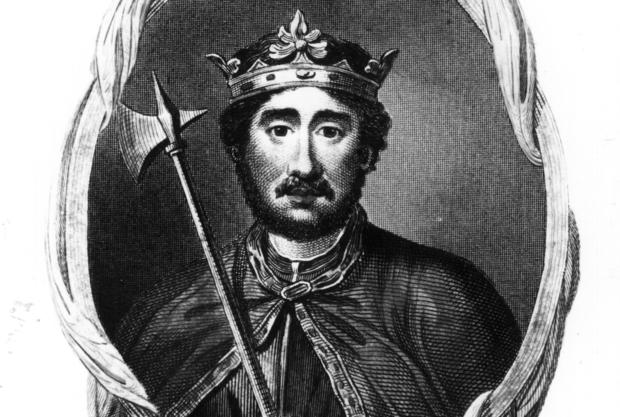
Richard I was shot through the shoulder with a crossbow outside of Chalus Castle in France in March 1199. The injury was serious, but survivable—but the infection that followed it was not, and he died two weeks later on April 6. As for the shot that brought down the king? It was a lucky shot over the side of the castle from a young boy. It became immortalized as “the lion by the ant was slain.”
7. KING JOHN
King John was reportedly the first British monarch—and perhaps even the first medieval king in Europe—to own what Latin wardrobe records refer to as a “supertunicam domini Regis ad surgendum de nocte,” or a “king’s over-shirt for rising in the night.” In other words, John owned a dressing gown.
8. HENRY III
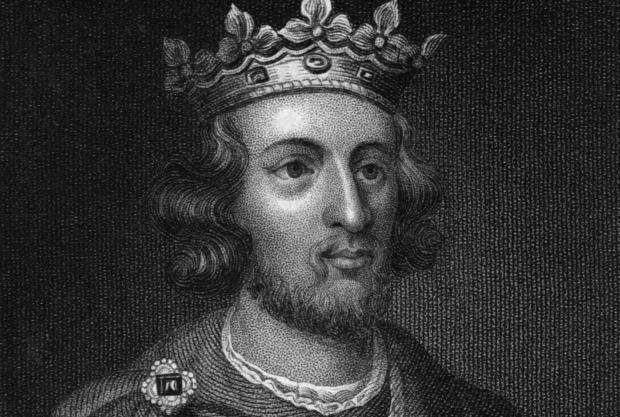
Henry III was given a polar bear by King Haakon IV of Norway in 1252. He kept it in the Tower of London, and had it taken down to the River Thames each morning to swim and catch fish.
9. EDWARD I
In his campaign against Scotland, Edward I more than earned his nickname “The Hammer of the Scots.” During the Siege of Stirling Castle in 1304, Edward commissioned the construction of a gigantic trebuchet (perhaps the largest in history) that became known as the Warwolf. The sight of the enormous catapult being constructed outside the castle walls was enough to compel those inside to offer an unconditional surrender—but Edward had none of it, and did not accept the surrender until after he had tried the Warwolf out.
10. EDWARD II
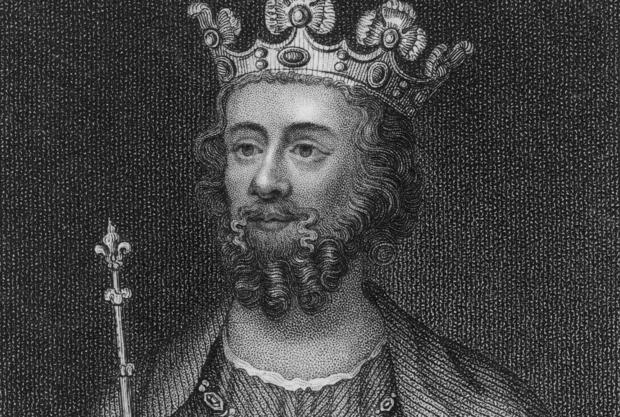
In 1313, Edward II enacted a statute forbidding the wearing of armor in Parliament. It remains in force to this day.
11. EDWARD III
Edward III once attended a Christmas fancy dress banquet dressed as a pheasant.
12. RICHARD II

To celebrate the coronation of king Richard II on July 16, 1377, fountains of wine were opened across London.
13. HENRY IV
The first king of the House of Lancaster, Henry IV was the first king since the Norman Conquest to be a native English speaker.
14. HENRY V
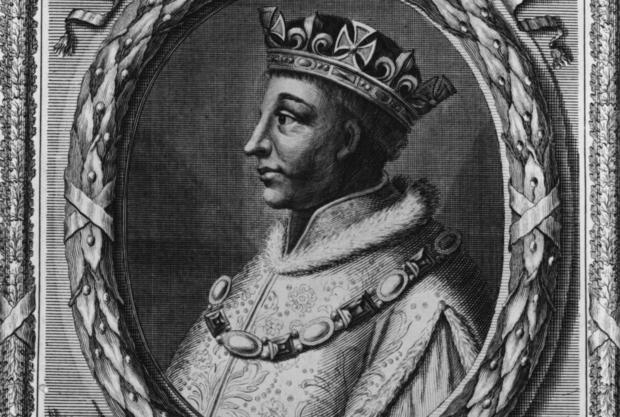
15. HENRY VI
Henry VI was the only child of Henry V, and his father’s unexpected death meant that he became king when he was just 9 months old. He reigned almost 40 years over a 50-year timespan (he was deposed for almost a decade by Edward IV) and supposedly died from “pure melancholy and displeasure” on hearing of the death of his son in 1471 (although many historians suspect he was murdered on Edward IV’s orders). Shortly after, a movement emerged to have Henry canonized as a saint. The many miracles “Saint Henry” are…
The post 41 Facts About the 41 Kings and Queens Since 1066 appeared first on FeedBox.